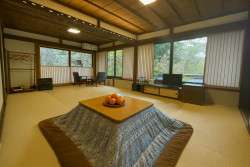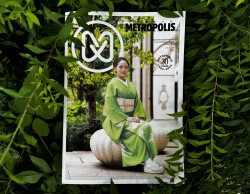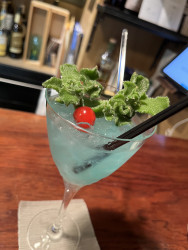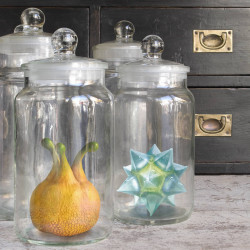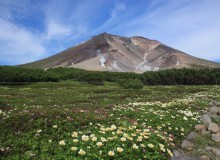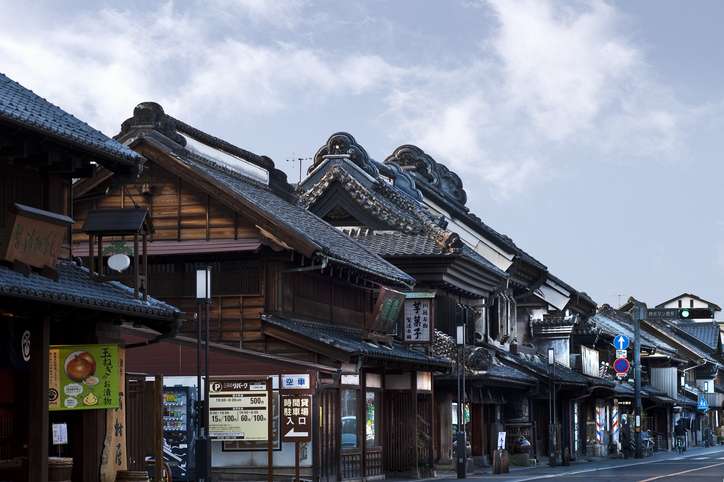
May 20, 2025
Tokyo Day Trip: Kawagoe’s Edo-Era Charm
Historic Streets, Sweet Shops and Edo-Era Charm
Just 30 minutes from central Tokyo, Kawagoe in Saitama Prefecture feels like stepping into another century. With preserved Edo-era architecture, merchant history, and retro storefronts, this city known as “Little Edo,” is a rewarding day trip from Tokyo’s high-rises.
Whether you’re chasing cultural landmarks, local snacks or quiet charm, a Kawagoe day trip offers more than enough for a full-day adventure—especially for photographers, families or anyone burnt out on the bustle.
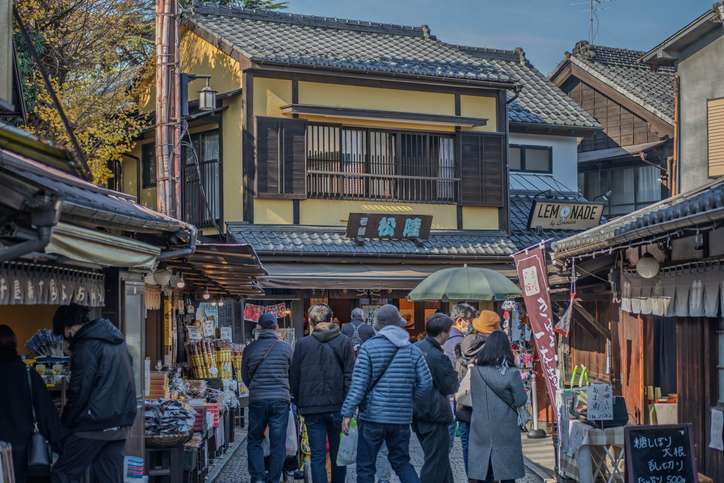
Wander Through Kurazukuri Street
The heart of Kawagoe’s historic district is Kurazukuri Street. Here, low-slung buildings made of clay and tile evoke the fire-resistant warehouse style of the Edo Period. Some were rebuilt after the devastating 1893 fire, while others have been lovingly preserved. Shops line the street selling everything from handmade ceramics to roasted green tea, and on weekends, you’ll spot locals in kimono browsing side by side with tourists.
Don’t miss:
- The architecture along Taisho Roman Dori
- Souvenir shops tucked into old kura storehouses
- The occasional aroma of roasted sweet potato
Hear the Chime of the Toki no Kane Bell Tower
Rising above the rooftops is the Toki no Kane (Time Bell Tower), which still chimes four times a day. Originally built in the 1600s, this wooden landmark has been rebuilt several times but remains Kawagoe’s most enduring symbol.
It’s not just a photo stop—it’s a soundscape, too. Time your visit with the chime at noon for the full effect.
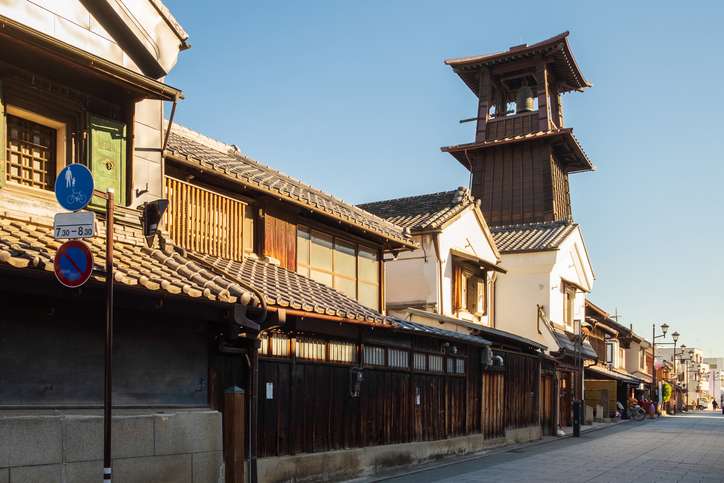
Snack Your Way Through Candy Alley
Candy Alley, or Kashiya Yokocho, is pure joy. This narrow lane is lined with old-fashioned candy shops that feel untouched by time. It began in the Meiji Period and still thrives today.
Inside the shops, you’ll find:
- Bright red candied apples
- Soy sauce-flavored rice crackers
- Whimsical handmade candies in animal shapes
- Classic Japanese toys and tops
The vibe is playful, chaotic and sweet. Kids will love it. So will grown-ups who remember when candy came in paper bags—not plastic.
Peek Into Kawagoe’s Culture and History
Kawagoe’s nickname, “Koedo” or “Little Edo,” isn’t just clever branding—it reflects the city’s historic role as a commercial outpost that helped support the Tokugawa shogunate during the Edo Period. Because of its strategic importance and proximity to Edo (now Tokyo), Kawagoe prospered as a merchant town and was known for its fire-resistant kura storehouses and samurai residences. Learn more about the historical significance of fire safety in our article: Edo’s Inked Heroes: Edo Firefighters.
Much of this legacy survived—or was rebuilt—after major fires in the 1800s. Today, its layout and architecture still reflect that Edo influence, earning it the designation as an Important Preservation District for Groups of Traditional Buildings.
Kawagoe’s museums are small, local and personal. Skip the giant exhibitions and enjoy these more intimate spots:
- Kurazukuri Museum: Housed in a former tobacco merchant’s residence. Dive into Edo fire safety and merchant culture. (Note: the museum is currently going through Earthquake-related renovations and is temporarily closed.)
- Yamazaki Art Museum: Features a modest but meaningful collection from local artists inside a former warehouse.
- Osawa Residence: Built in 1792, this is the oldest remaining storehouse in town. It’s free to admire from outside and worth seeking out.
Each stop feels like a secret—perfect for travelers who prefer to wander slowly and soak things in.
Taste Local Flavor: Where to Eat and Drink in Kawagoe
All that walking and sightseeing builds an appetite. Kawagoe has plenty of food options—from traditional sweets to stylish cafés and hearty teishoku [set meals].

Where to Eat:
- Unagi Denbe – A popular spot for unagi [grilled eel], a long-standing specialty in Kawagoe.
- Pizzeria Pino – Unexpectedly authentic Napoli-style pizza.
- Yamawa – A cozy café inside a local gift shop, known for its sweet potato mini-kaiseki and seasonal drinks like iced matcha in summer and red bean soup in winter.
- Rengetsu Café – Known for its vintage interiors and fluffy French toast.
Where to Sip and Sit:
- Tsubakiya Foot Spa Tearoom – Sip on tea and sweets while resting your feet in a warm outdoor footbath.
- Koedo Kurari – A renovated sake brewery turned food hall and souvenir shop. Try their sake tasting set and grab some handmade snacks.
Catch a Local Festival (Even Off-Season)
The Kawagoe Festival is one of the region’s most beloved traditions. Held every third weekend in October, the celebration includes towering floats, music, and dancing that overtakes the whole city.
Can’t make it in the fall? Visit the Kawagoe Festival Museum to see the floats up close and learn about the tradition year-round.
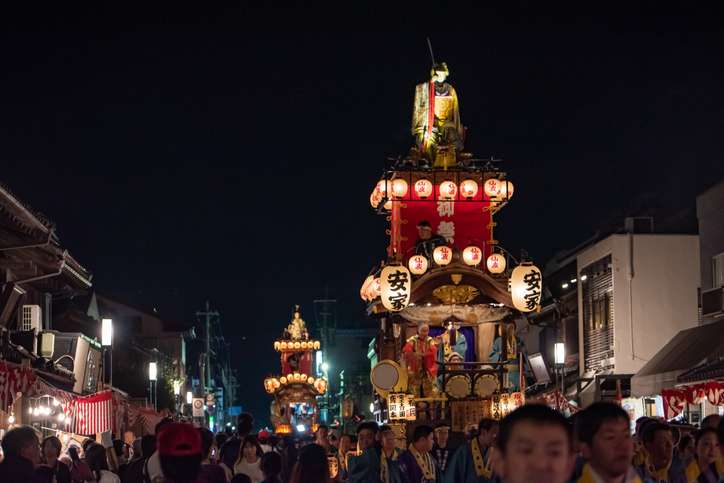
Ride the Koedo Loop Bus—or Walk It Off
Kawagoe is surprisingly walkable, but if you want to rest your feet, the Koedo Loop Bus is convenient. It runs every 30 minutes and links all the main stations—Kawagoe, Hon-Kawagoe, and Kawagoe-shi—with stops near all major landmarks.
On foot, you’ll likely stumble into cozy cafés, retro kissaten, and quiet backstreets that offer their own charm. Stop for a coffee, browse a tiny antique shop, or just sit and take it all in.
For more day trip ideas from Tokyo, check out our other guides:
Tokyo Neighborhood Guide: A Day Trip to Okutama
Tokyo Day Trips: Enoshima Caves, Shrines, Sea Views and a Taste of Mythology
Tokyo Day Trips: Things to Do in Yokosuka
Tracing Basho’s Journey: Visit Soka’s Historic Pine-Lined Promenade Near Tokyo
